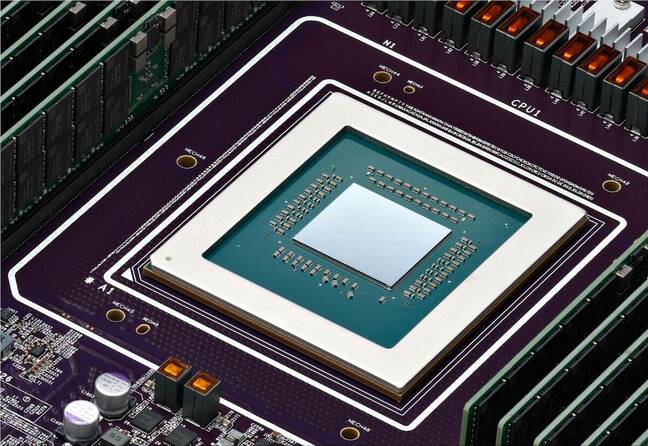The race for more powerful and efficient AI hardware surged this week as Intel and Google announced new chips that could help reduce reliance on NVIDIA technology.
It seems like a new AI model is released every week. Each release is followed by several weeks of training on cloud computing data centers, most of which are powered by NVIDIA GPUs.
Both Intel and Google announced new in-house AI chips that can train and deploy large-scale AI models faster while using less power.
Intel’s Gaudi 3 AI accelerator chip
Intel is probably better known for the chips that power PCs. But on Tuesday, the company announced a new AI chip called Gaudi 3.
NVIDIA’s H100 GPUs have formed the bulk of AI data centers, but Intel says Gaudi 3 “delivers on average 50% better inference and 40% better power efficiency on average than Nvidia H100, at significantly less cost.”
A big contributor to the Gaudi 3’s power efficiency is that Intel used Taiwan Semiconductor Manufacturing Co’s 5nm process to make the chip.
Intel didn’t provide pricing information, but when asked how it compares to NVIDIA’s offerings, Das Kamhout, Intel’s vice president of Xeon software, said, “We expect it to be very competitive.”
Dell Technologies, Hewlett Packard Enterprise, Lenovo, and Supermicro will be the first to deploy Gaudi 3 in their AI data centers.
Intel CEO Pat Gelsinger summarized the company’s AI ambitions by saying, “Intel is adopting AI across the enterprise, from PCs to data centers to the edge.”
that much #IntelGaudi three #AI Accelerator offers a highly competitive alternative to NVIDIA’s H100 with higher performance, improved scalability, and PyTorch integration. Explore more key product benefits. https://t.co/sXdQKjYFw0 pic.twitter.com/iJSndBQkvT
— Intel AI (@IntelAI) April 9, 2024
Google’s Arm and TPU upgrades
On Tuesday, Google announced its first custom Arm-based CPUs that will be used to power data centers. The new chip, called Axion, is a direct competitor to Intel and AMD CPUs.
Google claims that Axion delivers “30% better performance than the fastest commodity Arm-based instances currently available in the cloud, up to 50% better performance than equivalent current-generation x86-based instances, and up to 60% better energy efficiency.” do. ”


Google has been migrating several services, such as YouTube and Google Earth, to its current-generation Arm-based servers, which will soon be upgraded to Axion chips.
Powerful Arm-based options make it easier for customers to migrate their CPU-based AI training, inference, and other applications to Google’s cloud platform without the need to re-architect them.
For large-scale model training, Google has primarily used TPU chips instead of NVIDIA hardware. There will also be an upgrade to the new single TPU v5p, which contains more than double the chip count of the current TPU v4 pod.
TPU v5p, our most powerful and scalable TPU, is now generally available! #GoogleCloudNext pic.twitter.com/mmfWlzHeqs
— Google Cloud Technology (@GoogleCloudTech) April 9, 2024
Google has no plans to sell new Arm chips or TPUs. The company wants to push cloud computing services rather than become a direct hardware competitor to NVIDIA.
The upgraded TPU will power Google’s AI hypercomputer, enabling large-scale AI model training. The AI hypercomputer also uses NVIDIA H100 GPUs, which Google said will soon be replaced by NVIDIA’s new Blackwell GPUs.
Demand for AI chips isn’t likely to slow down anytime soon, and it looks less like a one-horse race for NVIDIA than it used to.


